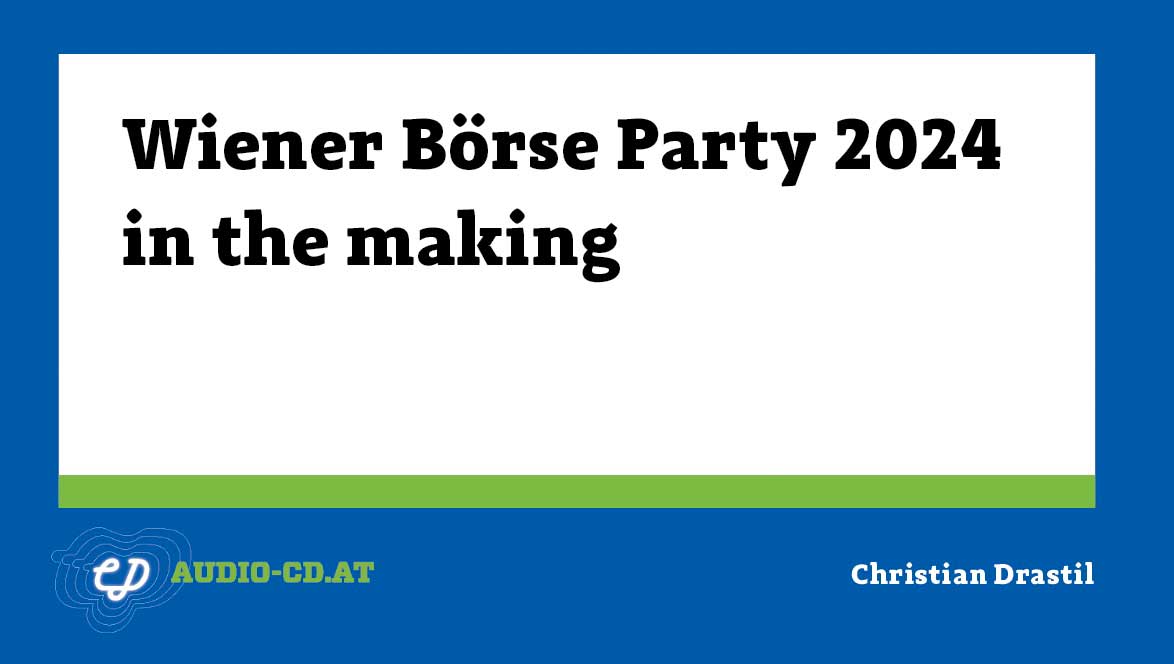Phillips curves in CEE: Dead or alive? (Martin Ertl)
29 Jan

CEE Phillips Curves: dead or alive? Output gaps indicate very clearly that the business cycle has accelerated. Beveridge curves indicate tight labor markets in the Czech Republic (CZ) and Hungary (HU). Unit Labor Cost growth present clear evidence of wage pressure in Romania (RO), Hungary (HU) and the Czech Republic (CZ) but not in Poland (PL) or the Euro Area (EA). This is accompanied by average core inflation being more than double as high in CZ, HU and RO compared to the average rate in PL and EA. Estimating CEE Phillips Curves show that the output gap effect is well and active. Though, time-varying estimates indicate a recent weakening. 2018 is projected to be a favorable year for the economies of the CEE region. The business cycle has already accelerated in 2017 with the fastest ... » Weiterlesen
The threat of extended US sanctions on Russia (Martin Ertl)
22 Jan

CEE: Russia Threat of further US sanctions downplayed by market participants While the recovery has been weak, several factors support macroeconomic stability. In August 2017, US President Trump signed the “Countering America’s Adversaries Through Sanctions Act” that instructed the US Treasury department to prepare reports for submission to congress. With respect to sanctions against the Russian Federation, the treasury was asked to report on potential effects of expanding sanctions to include sovereign debt. Furthermore, the report is on sanctions against “parastatal entities” and “senior political figures and oligarchs”. The report from the Treasury department is expected by February to be published and submitted to congressional committees. Based on... » Weiterlesen
Global economy in full swing, Eurozone - the years of discontent come to an end (M...
16 Jan

Global economy in full swing President Trump kept a promise pushing a tax reform through the Congress. Its impact on the US economy remains a source of uncertainty. The global economy is in good shape with both developed and emerging markets growing solidly (Figure 1). In Europe, a hard Brexit is seen as less likely after negotiations have moved on to phase two. Japan has revised its GDP growth upwards (1.3 % in 2018) and a sharp slowdown of China’s growth (2018: 6.5 %) became less likely with stronger than expected export growth. The US economy is expanding at an accelerated pace. GDP growth in Q3 increased to 3.3 % (q q, annualized) after 3.1 % in Q2, in spite of storm related disturbances. Positive fiscal impulses can support growth in 2018. The Federal Reserve Board has recently ra... » Weiterlesen
Romania: Second CEE central bank to raise key policy interest rates (Martin Ertl)
16 Jan

The National Bank of Romania increased its key policy rate by 25 bp to 2 %. We expect inflation to have reached 3 % in Q4 2017 (3.2 % in November); 0.3 %-points above the latest NBR’s projection (November). Double digit growth of wages and unit labor costs in Q3 2017 have already indicated domestic price pressure to emerge. The 3-months interbank interest rate (ROBOR) has picked up significantly since September. At its board meeting on the 8 th of January, the National Bank of Romania (NBR) decided to raise its key policy rate by 25 basis points (bp) to 2 %. This is the second central bank in the CEE region, after the Czech Republic, to raise its key policy rate. The inflation-targeting central bank reacted to accelerating price pressure. In November, inflation was at 3.2 % (y y), aft... » Weiterlesen
Österreichs Abgabenlast im internationalen Vergleich (Martin Ertl)
08 Jan

Österreichs Abgabenlast im internationalen Vergleich Österreichs Abgabenquote liegt mit 42,9 % des BIP (2016) im oberen europäischen Mittelfeld. Steuern auf Arbeitseinkommen und Sozialversicherungsbeiträge liegen deutlich über dem EU Schnitt. Kapital, insbesondere Vermögensbestände, sind vergleichsweise niedrig besteuert. Niedrige Abgaben auf Unternehmensgewinne fördern Investitionstätigkeit und steigern Produktivitätswachstum. Wie hoch ist die Abgabenlast in Österreich? Wie hat sich diese entwickelt und wo steht Österreich im internationalen Vergleich? Die Abgabenquote aus Steuern und verpflichtenden Sozialbeiträgen in Prozent des Bruttoinlandprodukt lag in Österreich im Jahr 2016 bei 42,9 % (Statistik Austria, Indik... » Weiterlesen
 31.07.24
31.07.24
global market. 7 Monate 2024 sind vorbei und die Wiener Börse hat in diesen sieben Monaten mehr Handelsvolumina verbuchen können als in den ersten 7 Monaten 2023, der Zuwachs ist im einstelligen Prozentbereich, aber immerhin. Auch im früher stark promoteten global market ist es erstmals seit Jahren wieder etwas nach oben gegangen, im Gesamtjahr 2021 lag dort das Jahresvolumen noch bei 5,5 Mrd. (das ist ca. ein Monatsumsatz im Prime Market), 2022 waren es nur noch 1,3 Mrd.. und 2023 gab es sogar den Fall unter die Mrd. Euro. In den ersten sieben Monaten 2024 ist es wieder leicht nach oben gegangen, ob die Mrd. End of Year wieder erreicht werden kann, ist aber unklar. Es gibt zwar im global market günstige Konditionen, aber die Broker stellen Wien bei den internationalen Aktien nicht so in die Pole Position und die Markttiefe könnte natürlich ebenfalls besser sein. Keine einfache Aufgabe, diese wichtigste Aktienfacette im Vienna MTF, denn es geht immerhin um die wichtigsten Aktien der Welt. Ich bin ja der Meinung, dass das Tagesgeschäft viel mehr promotet gehört, davon würde auch der global market profitieren.
 17.07.24
17.07.24




